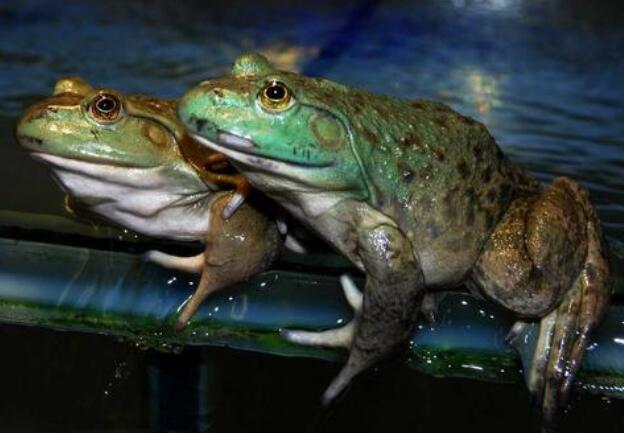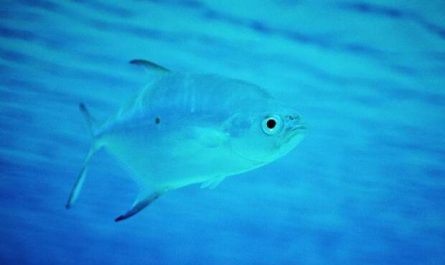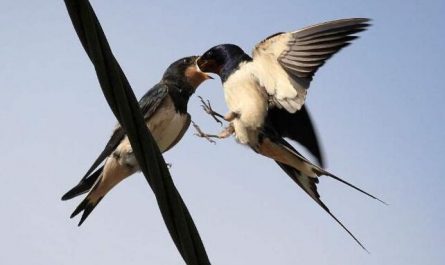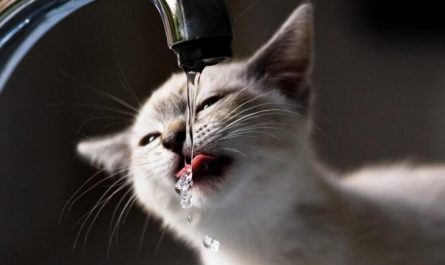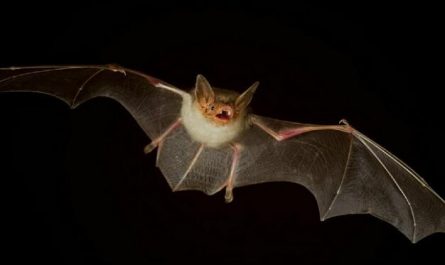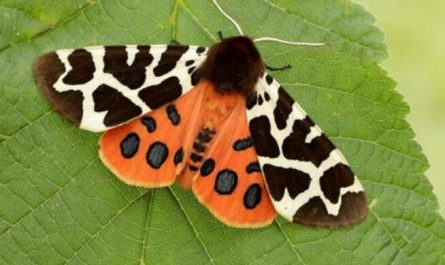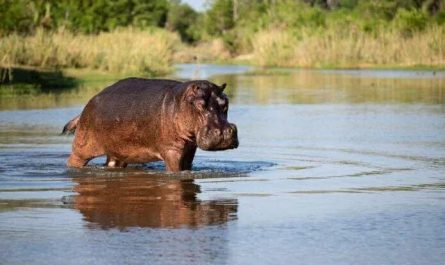The reason why the skin color of the bullfrog changes
The bullfrog is an animal of the class of amphibians. Because of its tender meat, rich in various amino acids and vitamins, it has the advantages of high protein and low fat.
Bullfrog has been appreciated by more and more people and has become a valuable high-level nutritional dish. In life throughout the year, the skin color of bullfrogs will change continuously with the change of seasons.
Its “dress” in winter and early spring is dark brown; it gradually becomes bright green in spring and summer; it becomes light brown in autumn, and then the color gradually darkens.
Obviously, the change of the bullfrog’s skin color is not only to adapt to the need to protect itself from the enemy, but also to feed for survival. This is a habit formed in the long biological evolution.
According to research and analysis, the bullfrog’s body contains a kind of pigment particles. This kind of pigment particles are hidden in skin cells. When the seasons change and the environmental temperature changes, the hormones and nervous system in the bullfrog will react accordingly, causing the pigment particles to aggregate or disperse.
When the ambient temperature rises, the pigment particles will gradually be concentrated on a point of the cell, thereby making the skin lighter; when the ambient temperature drops, the pigment particles in the skin cells will be dispersed, so that the skin tone will become darker .
Research progress of bullfrog
However, with the rapid development of the bullfrog breeding industry, due to self-reproduction and inbreeding, the growth of bullfrogs has slowed down, individuals have become smaller, their reproductive capacity has declined, and their disease resistance has declined. He has conducted researches in aspects such as scientific traits and genetic basis, and has achieved certain results.
At present, as the pace of people’s life is accelerating and the requirements for food nutrition, convenience, and instant food are increasing, the deep-processed bullfrog products have a relatively broad market prospect.
These research results have extremely important practical significance for the development of bullfrog breeding, comprehensive utilization and product deep processing.
Disease and control of bullfrog
1. Tadpole air bubble disease
The sick tadpoles have their bodies swelled, swim on their backs on the water, and their intestines are full of gas. In severe cases, they die quickly. The cause is supersaturation of dissolved oxygen in water.
Popular period: mainly in summer. Prevention: Pay attention to the water quality in the tadpole pool. If the aquatic plants are too luxuriant, fresh water should be injected frequently; after the air bubble disease occurs, the floating tadpoles should be kept in fresh water temporarily, stop eating for 1 to 2 days and use Sprinkle salt water evenly (final concentration is 4g/㎥).
2 Tadpole hemorrhagic disease
It mostly occurs in tadpoles that are about to grow their hind limbs. There are bleeding plaques near the anus and tail of the abdomen, and they rotate on the water surface, and there is blood flowing out of the abdomen.
Epidemic period: June to August, the cause of which is unknown. Prevention: Disinfect the pond, adjust the water quality, and keep the water fresh. Sprinkle the whole pond with sodium dichlorocyanurate, chlorine dioxide or other disinfectants every 7-10 days.
3 Anchor head disease
Anchorhead carp is parasitic on the body surface of tadpoles, the parasites are congested, inflamed, swollen, parasitic for a long time, tadpoles are restless.
Cause: Anchor head turtle. Epidemic period: It can occur in all seasons.
Prevention: Carry out comprehensive prevention. The method is to sprinkle crystal trichlorfon all over the whole pond (final concentration is 0.5 ~ 0.7g/m3), splash the medicine once every 1 week or so, and splash it for 2 to 3 times.
4 Trichoderma
After tadpoles are parasitized by a large number of trichodes, they lose their appetite, have difficulty breathing, swim alone, and move slowly. If they are not treated in time, they will cause a large number of deaths.
Cause: The pathogen is Trichoderma.
Epidemic period: May to August. Prevention: This disease mostly occurs in dense pools. Reducing the breeding density and expanding the tadpole activity space can prevent the occurrence of this disease. At the beginning of the disease, a mixture of copper sulfate and ferrous sulfate can be splashed in the whole pool. (The final concentration is: copper sulfate 0.5g/m3, ferrous sulfate 0.2g/㎥).
5 Red leg disease
Red leg disease is the main disease of bullfrogs in the young and adult stages. There are red spots or erythema, or diffuse red on the underside of the legs, hind limbs, and under the abdomen. Some diseased frogs have varying degrees of inflammation or skin ulceration in their fingers and toes. Abdominal swelling, accompanied by edema or hepatitis, liver necrosis and other diseases.
Cause: Aeromonas hydrophila. Epidemic period: May to October.
Control: The breeding density of young frogs and adult frogs should be appropriate. Sprinkle with bleach or copper sulfate to disinfect the whole pond every week to maintain good water quality. Soak the diseased frogs with salt water for 10 minutes each time, and repeat once every 2 days. Sick frogs should be treated in isolation to prevent infection. Or soak it in 20% sulfamidine solution for 15 minutes. If the condition is serious, soak it for 2 days to cure it. It can also be splashed with norfloxacin, and the final concentration of the pool water is 0.05~0.1g/㎥.
6 Skin rot
At the beginning of the onset, the skin of the bullfrog’s head lost its luster and appeared white patterns, then the epidermis layer fell off, exposing the back muscles, and then extended to the trunk and even the entire back. In severe cases, the skin decays and falls off, the muscles are exposed, extend to the whole body, refuse to eat, and do not like activities.
Cause: Long-term intake of single food and lack of vitamins.
Popular period: spring and autumn. Prevention: Focus on prevention. In the process of breeding, the bait should be diversified, and fresh fish can be fed and treated. Properly supplement V A and VC in feed, and add antibacterial and anti-inflammatory drugs to sick frog feed.
7 Gastrointestinal disease (ascites disease)
Limbs are weak, inactive, not taking food, intestinal hyperemia and redness to varying degrees, hydroperitoneum, and ascites is yellow or red.
Cause: Aeromonas and Streptococcus. Epidemic period: May to August.
Prevention: Maintain good water quality and fresh feed. The pool should be disinfected with sodium dichlorourate or surfactant. Sick frogs were fed with yeast tablets twice a day, half a tablet each time, for 3 days.
8 rotation disease
At the beginning of the onset, the diseased frog rotated intermittently on the water surface, and then the head was tilted to one side, the eyeballs protruding, and blindness. Adult frogs and parent frogs died 2 to 3 days after the onset of symptoms. When the tadpole became ill, the abdomen swelled, and there were bleeding spots on the abdomen and hind limbs. They swam on their backs in the water and then died.
Cause: Flavobacterium septicum meningitis. Epidemic period: mainly occurs in summer. Tadpoles, young frogs, and adult frogs can occur.
Prevention: Adjust the pH of the pool water to 7.5-8.2 with quicklime, and then use erythromycin to sprinkle the entire pool to a certain extent.
Bullfrog breeding has more diseases at egg and tadpole stage. The predators are mainly larvae, adults, young frogs and birds of aquatic insects; the predators of adult frogs are mainly beasts and reptiles. The prevention of various diseases is not difficult. As long as you pay attention to control the water quality, ensure the quality of the bait, and strengthen the management, the incidence rate can be minimized.
